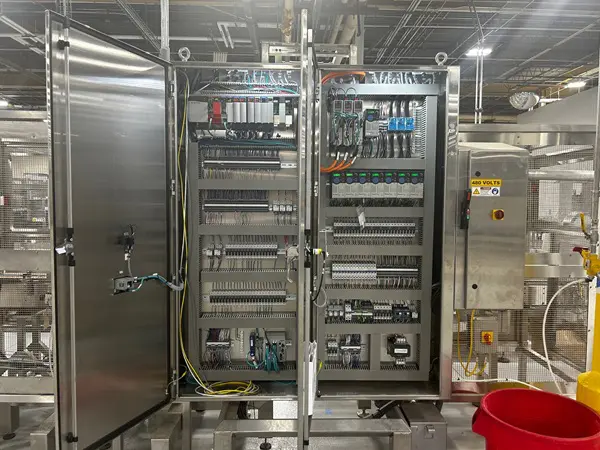Engineering Process Control Near Chicago In USA – 2025
Engineering process control is the backbone of many industries, ensuring efficiency, precision, and consistency in operations. From manufacturing and chemical processing to energy production, engineering process control enables organizations to optimize their systems, reduce waste, and meet stringent quality standards. But what exactly is it, and why is it so critical in today’s industrial landscape? Let’s unpack this fascinating subject and explore its significance, methods, and real-world applications.
What Is Engineering Process Control?
At its core, engineering process control is the use of specialized techniques, tools, and systems to regulate and optimize industrial processes. It involves monitoring parameters such as temperature, pressure, flow rate, and composition within a system and making real-time adjustments to ensure these variables stay within desired limits. The primary goal is to maintain stable operations while maximizing output, reducing energy consumption, and minimizing errors.
For example, in a chemical plant, process control might involve maintaining the exact temperature and pressure in a reaction chamber to ensure that the product is consistent with expected quality standards. Without proper control systems, the process could become unstable, leading to inefficiencies or even safety hazards.
Key Components of Engineering Process Control
Engineering process control involves several key components that work together to regulate systems effectively. These include:
Sensors
Sensors are the eyes and ears of a control system. They measure vital parameters such as temperature, pressure, flow, and level. These devices provide the crucial real-time data needed to monitor the system’s performance.Controllers
Controllers act as the decision-makers. They receive data from sensors, compare it to desired set points, and determine the necessary adjustments. Modern controllers often utilize advanced algorithms, such as proportional-integral-derivative (PID) control, to make precise and efficient decisions.Actuators
Actuators are the muscles of the system. Based on the instructions from the controller, they make physical changes by opening or closing valves, adjusting burners, or altering pump speeds. Actuators bring the virtual decisions of the controller into the real world.Human-Machine Interfaces (HMIs)
Although most process control functions are automated, humans still play a significant role. HMIs allow operators to monitor the system, make manual adjustments, and analyze trends over time.Feedback Loops
Feedback control is a critical principle. It compares the output of a process with the desired set point and makes corrections if discrepancies are detected. For instance, if the temperature in a reactor drops below the target, a feedback loop will adjust the heating system to bring it back to the ideal range.
Types of Engineering Process Control
There are two primary types of process control, each tailored to specific industrial needs:
Open-Loop Control
Open-loop systems operate without feedback. The controlling system does not check whether the desired outcome has been achieved. While simpler and cheaper, open-loop control is less effective in handling unexpected variations.Closed-Loop Control
Closed-loop systems rely on feedback to adjust the process actively. They continuously measure the output and compare it with the target value to ensure precise control. This type is widely used in industries where accuracy is critical, such as pharmaceuticals and aerospace manufacturing.
Applications of Engineering Process Control
Engineering process control has widespread applications across various industries. Some examples include:
Manufacturing
Process control ensures high-quality production in industries such as automotive, electronics, and food processing. It helps maintain uniformity across batches, minimize waste, and adhere to strict regulations.Chemical and Petrochemical Industries
Achieving the desired chemical reactions and product purity relies heavily on accurate process control. Parameters such as reactor temperature and pressure must be tightly managed to ensure optimal outcomes.Energy and Utilities
From power plants to water treatment facilities, process control is essential for maintaining consistent energy production and resource management. For example, controlling boiler temperatures ensures efficient energy conversion.Oil and Gas
The oil and gas industry depends heavily on process control to extract, refine, and distribute fuel efficiently. Controlling pipelines, compressors, and refinery operations minimizes operational risks and ensures steady output.
